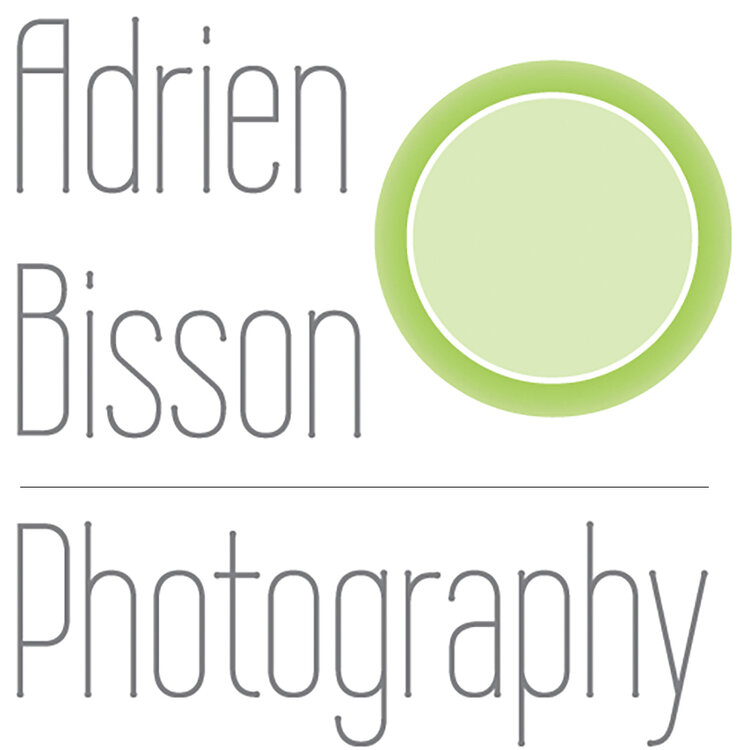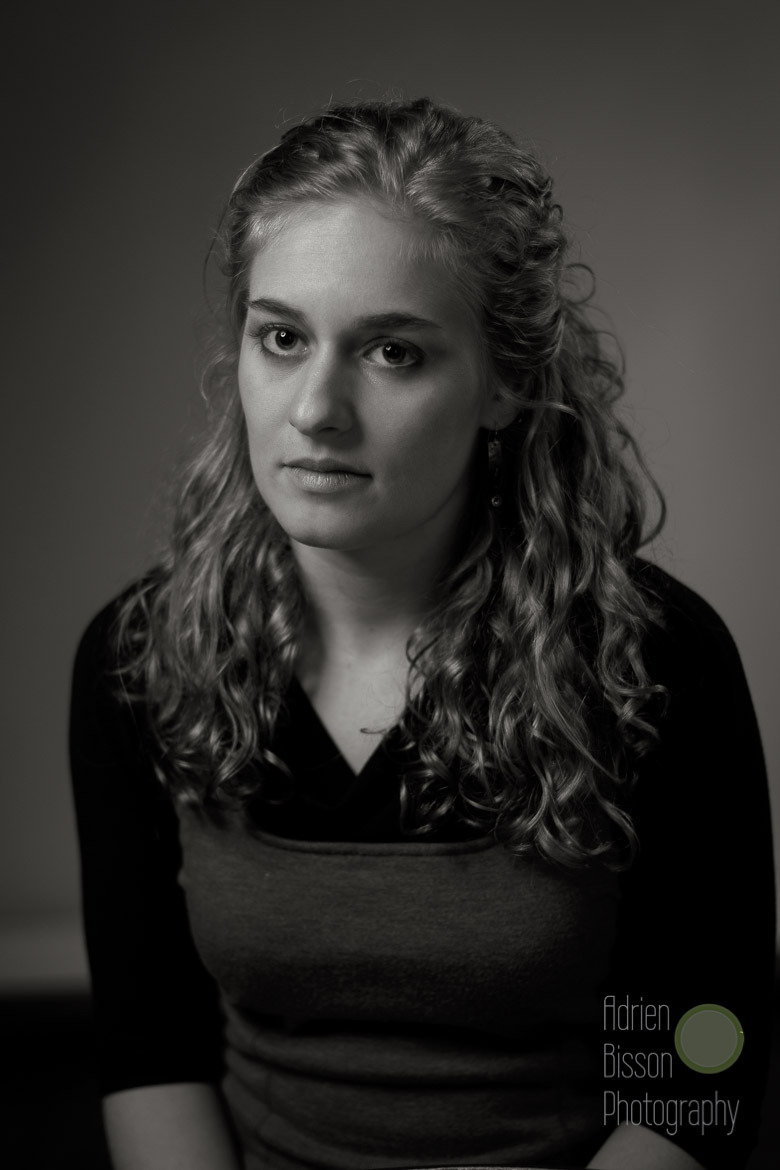I am constantly learning, or trying to. I don't have all of the answers. In fact, some days I could stand to buy a vowel... But sometimes I see photos that really leave me wanting less. I'm not really a fan of HDR, or that toasted look that is so readily available with Photoshop, but that isn't what I mean. I am thinking of the more basic concepts of light and shadow, and the seemingly irresistible urge to get light into all of those shadows, leaving nothing for the imagination.
Controlling the light that falls on your subject and everything else in the shot, whatever your subject might be, is fundamental to creating a good image. That goes for whatever type of light you're employing; I am referring to available light too. Creating a good photo does require controlling the light, even if the light source is the sun. If you do landscapes, then controlling the light means being where you want to be when the light is "right". Scout out your location and be there when the sun is exactly as you want it. If that means showing up at nautical twilight, then you are controlling your light by choosing when it is right. If you photograph people or objects, then trees, windows, curtains, almost anything can be used to control available light.
 Boothbay at Dawn
Boothbay at Dawn Summer MorningMy point is, use the shadows too! People photographers who use strobes and hot lights sometimes have the urge to "open up the shadows". Fine. But sometimes, those shadows are what make the image interesting. Even totally black areas do that. Use them! Shadow creates depth, texture and contour for your subject. Shadows in the non-subject areas of an image cause the viewer's attention to be drawn first to the subject, and then provide some interest and maybe even mystery to the subject's surroundings.
Summer MorningMy point is, use the shadows too! People photographers who use strobes and hot lights sometimes have the urge to "open up the shadows". Fine. But sometimes, those shadows are what make the image interesting. Even totally black areas do that. Use them! Shadow creates depth, texture and contour for your subject. Shadows in the non-subject areas of an image cause the viewer's attention to be drawn first to the subject, and then provide some interest and maybe even mystery to the subject's surroundings.
The next two shots were available light with a fill, and available light with a gold reflector only, respectively.
 Justin
Justin Tosh FarrellI like to read blogs and articles in which the technical aspects of the shots are detailed, and sometimes the number and types of lights that are used are pretty surprising. I read one the other day in which a single person was under 5 lights! If I use more than two strobes for anything, it's very unusual. And usually my second strobe is for an accent, a streak of light on the background, or something shot through a "cookaloris" (something put between a light and a subject to create a pattern), such as a window, a window blind, etc. This is a matter of personal preference though. I also tend to use my lights at the lowest power, sometimes inches from my subject. But that's the look that I am going for most of the time. Your mileage may vary...
Tosh FarrellI like to read blogs and articles in which the technical aspects of the shots are detailed, and sometimes the number and types of lights that are used are pretty surprising. I read one the other day in which a single person was under 5 lights! If I use more than two strobes for anything, it's very unusual. And usually my second strobe is for an accent, a streak of light on the background, or something shot through a "cookaloris" (something put between a light and a subject to create a pattern), such as a window, a window blind, etc. This is a matter of personal preference though. I also tend to use my lights at the lowest power, sometimes inches from my subject. But that's the look that I am going for most of the time. Your mileage may vary...
The next three shots were done with one light. The first incorporated florescent ambient light. And "Melissa with Sweater" has no light in the front! A gridded light behind her is refecting off a gold reflector in front of her face.
 Dug North
Dug North Melissa with Sweater
Melissa with Sweater Kerry
Kerry
I am most definitely not showing my images in this post as the best examples of what I am trying to say, but I obviously can't illustrate that with other photographer's images without their permissions. I would however, encourage you to check out the images of other photographers who are masters of light and shadow. Here is a tiny list of my favorites for you to Google. Some are from another era, some from today, neither set in any particular order:
Irving Penn
Richard Avedon
Yousuf Karsh
Arnold Newman
Philippe Halsman
Joe McNally
Annie Leibowitz
Tracy Powell
Marty Umans
Zack Arias












